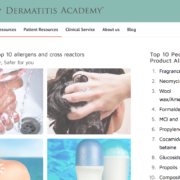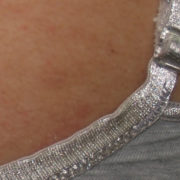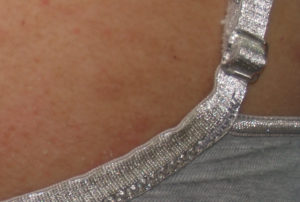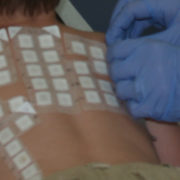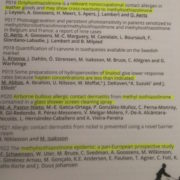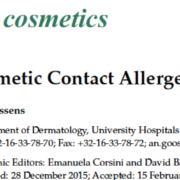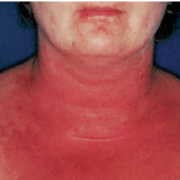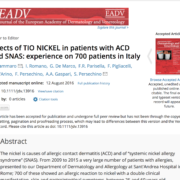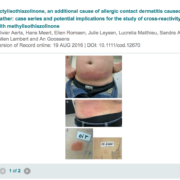nickel release with cooking/boiling time higher with unused pots, at low pH…
Guarneri F1, Costa C2, Cannavò SP3, Catania S4, Bua GD4, Fenga C2, Dugo G4. Release of nickel and chromium in common foods during cooking in 18/10 (grade 316) stainless steel pots. Contact Dermatitis. 2016 Nov 1. doi: 10.1111/cod.12692. [Epub ahead of print]
Abstract
BACKGROUND:
Literature data on the release of nickel and chromium from stainless steel cookware during food preparation are contrasting, have often been obtained with uncommon foods and/or procedures, and are thus not widely applicable.
OBJECTIVES:
To assess the release of nickel and chromium from 18/10 (grade 316) stainless steel pots in cooking conditions that are common in an urban lifestyle.
METHODS:
Tomato sauce and lemon marmalade were cooked for 1 h, alone or with added EDTA, in used or unused stainless steel pots from different manufacturers. Additionally, aqueous solutions at pH 2.3, 7.7 and 9 were boiled for 1 h in the same pots. Metal release was assessed with inductively coupled plasma mass spectrometry.
RESULTS:
The release of nickel and chromium increased with cooking/boiling time, was higher with unused pots, at low pH or with EDTA, and was sometimes remarkably different between manufacturers. In all experiments, the amounts released were below known allergy-triggering thresholds.
CONCLUSIONS:
Under common conditions, the use of 18/10 stainless steel pots is considered to be safe for the majority of nickel-allergic and/or chromium-allergic subjects. However, the total amount of nickel contained in foods and released from pots may exceed the individual threshold for triggering allergy, potentially causing problems for highly sensitive patients, or, conversely, contribute to induction of immunotolerance by oral low-dose exposure.

